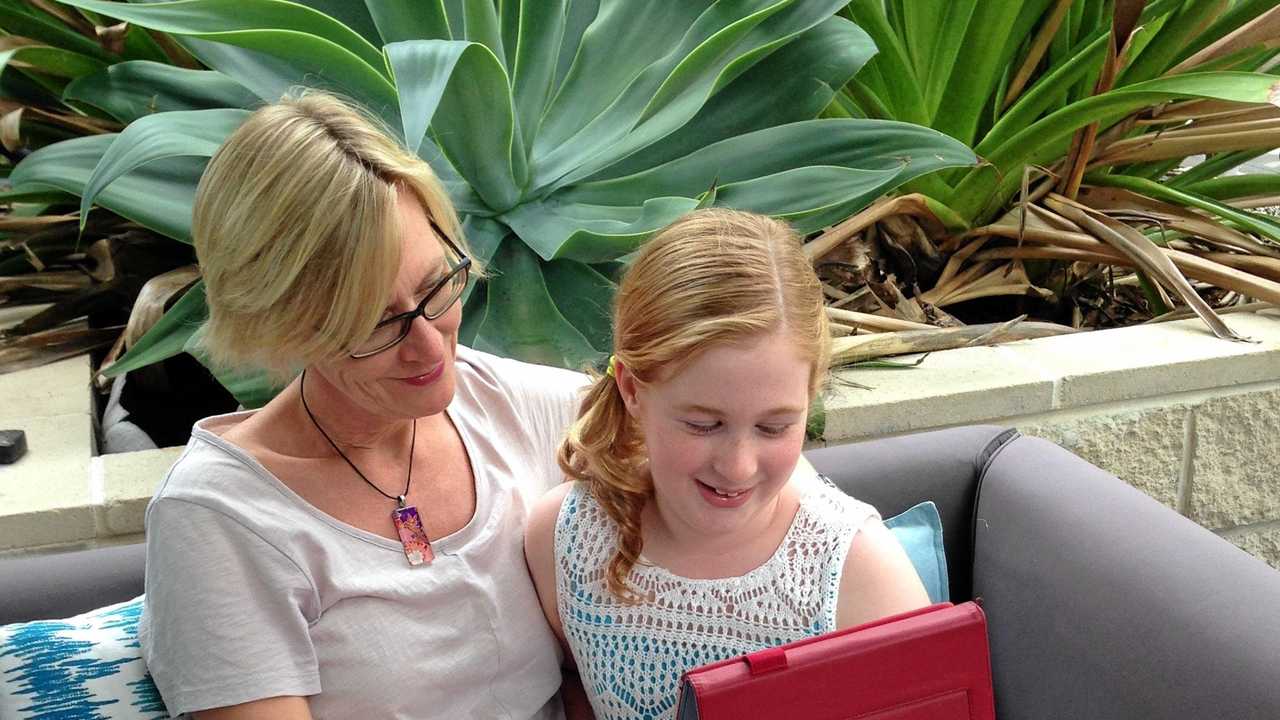Discover Smiling Mind: Transformative Meditation Techniques

Smiling Mind meditation In a world that often feels chaotic and overwhelming, finding inner peace can seem like an elusive goal. Yet, nestled within the hustle and bustle of everyday life lies a powerful tool to help us regain our sense of calm and clarity: Smiling Mind meditation. This innovative approach to mindfulness has the potential to transform not only our mental well-being but also our overall quality of life. Let’s embark on a journey to discover the profound impact of Smiling Mind meditation and explore the transformative techniques that make it so effective.

The Essence of Smiling Mind Meditation
Smiling Mind meditation is a modern mindfulness program designed to make meditation accessible to everyone, regardless of age or experience. Developed by a team of psychologists and educators, this program is grounded in scientific research and tailored to suit various needs, from reducing stress to enhancing focus. Its user-friendly approach has made it a popular choice for those seeking to incorporate mindfulness into their daily routines.
The Science Behind Smiling Mind Meditation
At the core of Smiling Mind meditation is the principle of mindfulness – the practice of being fully present in the moment. Research has shown that mindfulness meditation can have a multitude of benefits, including reducing anxiety, improving emotional regulation, and enhancing cognitive function. By focusing on the present moment, we can cultivate a greater awareness of our thoughts and feelings, leading to a more balanced and fulfilling life.
Techniques to Transform Your Mind
Mindful Breathing
Mindful breathing is one of the foundational techniques in Smiling Mind meditation. It involves paying close attention to the breath, allowing us to anchor ourselves in the present moment and create a sense of calm.
How to Practice Mindful Breathing:
- Find a quiet, comfortable place to sit or lie down.
- Close your eyes and take a deep breath in through your nose, feeling your abdomen rise.
- Slowly exhale through your mouth, noticing the sensation of the breath leaving your body.
- Continue to breathe deeply, focusing your attention on each inhalation and exhalation. If your mind wanders, gently bring it back to your breath.
This simple yet powerful technique can be practiced anytime, anywhere, making it an ideal tool for managing stress and enhancing mental clarity.
Body Scan Meditation
Body scan meditation is another transformative technique featured in Smiling Mind meditation. This practice involves systematically focusing on different parts of the body, promoting relaxation and a deeper connection between the mind and body.
How to Practice Body Scan Meditation:
- Lie down in a comfortable position and close your eyes.
- Begin by directing your attention to your toes, noticing any sensations without judgment.
- Slowly move your focus up through your body, part by part, until you reach the top of your head.
- If you encounter any areas of tension, breathe into them and allow the tension to release.
Body scan meditation can help reduce physical tension and enhance your overall sense of well-being.
Loving-Kindness Meditation
Loving-kindness meditation, also known as Metta meditation, is a practice that involves generating feelings of compassion and love towards oneself and others. This technique can help cultivate a positive mindset and improve relationships.
How to Practice Loving-Kindness Meditation:
- Sit comfortably and close your eyes.
- Begin by directing loving-kindness towards yourself. Repeat phrases like, “May I be happy, may I be healthy, may I be safe, may I live with ease.”
- Gradually extend these wishes to others, starting with loved ones, then acquaintances, and finally, to all living beings.
This practice can help foster a sense of connection and compassion, reducing feelings of isolation and negativity.
Mindful Walking
Mindful walking is a dynamic form of Smiling Mind meditation that involves paying attention to the act of walking. This practice can help ground you in the present moment and enhance your awareness of your surroundings.
How to Practice Mindful Walking:
- Find a quiet place where you can walk without interruptions.
- Begin walking slowly, paying attention to the sensation of your feet touching the ground.
- Notice the rhythm of your breath and the movement of your body.
- If your mind wanders, gently bring your focus back to the act of walking.
Mindful walking can be a refreshing way to incorporate mindfulness into your daily routine, providing both physical and mental benefits.
Guided Imagery
Guided imagery is a technique that involves visualizing a peaceful and serene place, helping to divert the mind from stress and anxiety. This practice can be particularly effective for relaxation and mental rejuvenation.
How to Practice Guided Imagery:
- Sit or lie down in a comfortable position and close your eyes.
- Imagine a place where you feel completely at ease – this could be a beach, a forest, or any other tranquil setting.
- Engage all your senses in this visualization: feel the warmth of the sun, hear the sound of the waves, smell the fresh air.
- Spend a few minutes in this peaceful place, allowing yourself to fully relax and enjoy the experience.
Guided imagery can help create a mental escape from stress, promoting a sense of peace and well-being.
Integrating Smiling Mind Meditation into Daily Life
While the techniques mentioned above are powerful on their own, integrating Smiling Mind meditation into your daily routine can maximize their benefits. Here are some tips for making mindfulness a regular part of your life:
Establish a Routine
Consistency is key when it comes to meditation. Try to set aside a specific time each day for your practice. Whether it’s first thing in the morning, during a lunch break, or before bed, having a routine can help make meditation a habit.
Create a Comfortable Space
Having a dedicated space for meditation can enhance your practice. Choose a quiet, comfortable spot where you won’t be disturbed. Consider adding elements that promote relaxation, such as cushions, candles, or soothing music.
Start Small
If you’re new to meditation, start with short sessions and gradually increase the duration as you become more comfortable. Even a few minutes of meditation each day can make a significant difference over time.
Use Technology
The Smiling Mind meditation app offers a variety of guided meditation sessions tailored to different needs and preferences. This can be a great way to get started and find the techniques that work best for you.
Be Patient and Persistent
Like any new skill, meditation takes time and practice. Don’t be discouraged if you find it difficult at first. With patience and persistence, you’ll find that the benefits of meditation become more pronounced and long-lasting.
The Role of Smiling Mind Meditation in Mental Health
While Smiling Mind meditation can be a powerful tool for improving mental well-being, it’s important to recognize that it is not a substitute for professional medical treatment. Instead, it should be viewed as a complementary practice that can enhance the effectiveness of other treatments, such as therapy and medication.
Combining Meditation with Therapy
Cognitive-behavioral therapy (CBT) and other forms of psychotherapy can be highly effective in treating conditions like anxiety and depression. Incorporating Smiling Mind meditation into your therapy regimen can enhance the therapeutic process by promoting relaxation, reducing stress, and helping you to stay present during sessions.
Medication and Meditation
For some individuals, medication is a necessary component of their treatment plan. Smiling Mind meditation can complement medication by addressing the emotional and psychological aspects of mental health, helping to create a more holistic approach to well-being.
Building a Support System
Having a strong support system is crucial for managing stress and maintaining mental health. Consider joining a meditation group or finding a meditation partner. Sharing your experiences and progress with others can provide additional motivation and support.
Success Stories: Real-Life Examples of Smiling Mind Meditation’s Impact
Countless individuals have found relief from stress and anxiety through Smiling Mind meditation. Here are a few inspiring examples of how this practice has transformed lives:
Emily’s Story
Emily, a high school teacher, struggled with chronic stress due to the demands of her job. She discovered Smiling Mind meditation and began incorporating mindfulness techniques into her daily routine. Over time, she noticed a significant reduction in her stress levels and an improvement in her ability to manage her workload. The practice helped her stay calm and focused, both in and out of the classroom.
Michael’s Journey
Michael, a software engineer, experienced frequent anxiety and difficulty sleeping. Traditional methods of relaxation hadn’t worked for him, but Smiling Mind meditation made a difference. By practicing mindful breathing and guided imagery, Michael found that he could calm his mind before bed, leading to better sleep and reduced anxiety during the day.
Sarah’s Transformation
Sarah, a stay-at-home mom, felt overwhelmed by the demands of parenting. She began practicing Smiling Mind meditation to find some respite. Through mindful walking and loving-kindness meditation, Sarah cultivated a greater sense of patience and compassion, both for herself and her family. This practice helped her navigate the challenges of motherhood with more grace and ease.
Smiling Mind meditation
Smiling Mind meditation offers a powerful and accessible way to enhance mental well-being and transform your life. By exploring and integrating these transformative techniques, you can unlock a path to greater peace, clarity, and joy. Whether through mindful breathing, body scan meditation, loving-kindness meditation, mindful walking, or guided imagery, the benefits of these practices are profound and far-reaching.
Embrace the journey of Smiling Mind meditation today. With consistent practice, patience, and an open mind, you can discover the transformative power of mindfulness and create a more balanced, fulfilling life.






